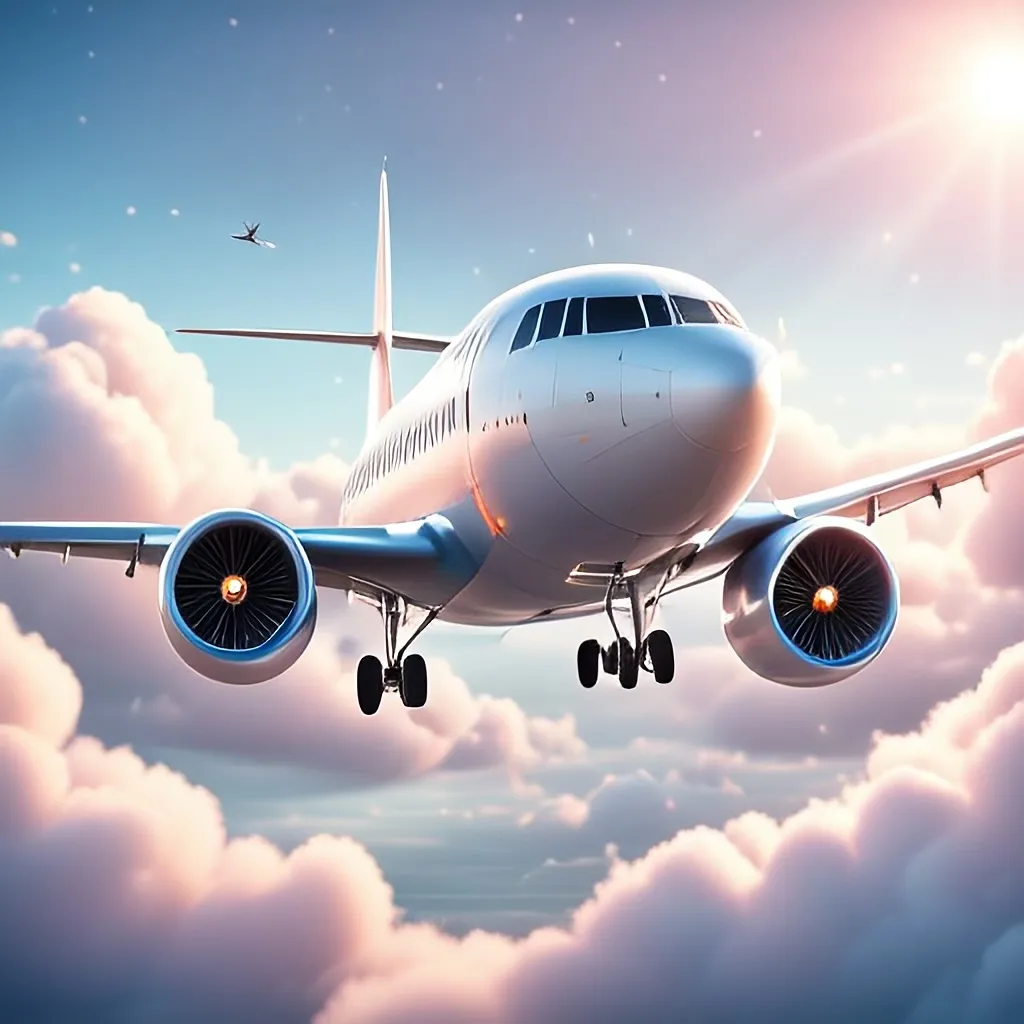Should We Fear Flying After Recent Air Accidents in South Korea and Azerbaijan?

The recent aviation tragedies in South Korea and Azerbaijan have once again raised concerns about the safety of flying. While the fear is natural, it’s essential to look at the bigger picture — the evolution of air travel safety, the statistics of accidents across all transport modes, and the steps we can take to stay calm and safe while traveling.
South Korea Plane Incident (2024)
In 2024, a tragic plane accident occurred in South Korea, involving a domestic passenger flight. The incident resulted in significant loss of life, drawing global attention to the country’s aviation system. The crash raised questions about safety standards, pilot training, and the rigorousness of maintenance checks in the airline industry. However, it’s important to remember that the overall number of aviation accidents has been steadily declining in recent years due to advancements in technology and stricter regulations.

Azerbaijan Plane Incident (2024)
Similarly, in Azerbaijan, a flight was involved in a deadly crash soon after takeoff. Preliminary investigations suggested technical issues and pilot error as possible causes. Like the South Korean incident, this event ignited fears about the safety of commercial flights. Yet, it’s important to understand that air travel remains one of the safest modes of transportation when viewed in the context of accident statistics.
Accident Data: A Broader Perspective

While air accidents understandably draw widespread attention, it’s important to put things into perspective by comparing the safety statistics of various modes of transport:
• Aviation: In 2023, global aviation recorded approximately 1.35 accidents per million flights. The fatality rate has been dropping drastically with better training, more advanced aircraft, and stronger regulations.
• Road Transport: According to the World Health Organization (WHO), road accidents caused over 1.3 million deaths annually, with more than 50 million people injured worldwide.
• Railways: Trains have a far lower accident rate, but accidents still occur, especially in underdeveloped regions. Trains account for less than 0.1% of total fatalities compared to road transport.
When viewed in comparison, flying remains one of the safest forms of transportation, with stringent controls in place to prevent accidents.
Significant Changes in Aircraft Safety Over Time
Air travel has seen significant advances in safety standards over the past few decades:

• Technology and Engineering: Modern aircraft are designed with redundant systems, meaning if one system fails, there is always a backup. Pilots are trained to handle a wide range of emergency situations. Advanced cockpit technology, like fly-by-wire systems, ensures precise control and easier handling of the aircraft.
• Safety Protocols and Regulations: International organizations like the International Civil Aviation Organization (ICAO) and national bodies like the FAA (Federal Aviation Administration) have enforced strict regulations and guidelines. These include regular inspections, certifications, and training for pilots and crew.
• Black Boxes and Data Monitoring: The introduction of flight data recorders (black boxes) and real-time monitoring of flight systems have provided valuable data to improve safety. After every accident, investigations provide insights that lead to stronger safety measures.
• Passenger Safety Gear: From seat belts to oxygen masks, modern airliners are equipped with advanced gear to enhance passenger safety. The mandatory use of seat belts during critical phases of flight significantly reduces the risk of injury.
Essential Gear to Carry While Traveling on an Aircraft
While flying remains extremely safe, it’s always a good idea to be prepared. Here are some essential items to consider bringing on a flight:
1. Comfort and Health:
• Noise-canceling headphones or earplugs to block out cabin noise.
• Neck pillow for better rest during long-haul flights.
• Hand sanitizer and wet wipes for hygiene purposes.
• Water bottle (filled after security checks) to stay hydrated.
2. Safety and Security:
• Portable charger for your devices.
• Medications (in original packaging) in case you need them during the flight.
• Eye mask and sleeping aids for long journeys.
3. Clothing and Essentials:
• Comfortable layers — planes can be chilly, so it’s best to wear layers you can adjust.
• Light snack in case you’re hungry between meals.
Remember, airlines are required to equip every plane with all the necessary emergency gear, such as oxygen masks, life vests, and emergency exits, so passengers are well-protected in case of any emergency.
How to Not Fear Flying: Calm Your Mind and Embrace the Journey

It’s natural to feel anxious after hearing about a tragic incident, but it’s important to realize that fear is a reaction to the unknown, and it is something we can overcome.
• Embrace the Safety Record: While incidents are deeply unfortunate, they are isolated events in a sea of millions of safe flights. Modern air travel is continuously evolving to prioritize your safety.
• Use Calm Breathing Techniques: If you start feeling anxious, try slow, deep breaths — inhale for 4 seconds, hold for 4 seconds, and exhale for 4 seconds. This simple technique can quickly calm your nerves.
• Focus on the Present Moment: Don’t let the fear of what might happen take away your peace. Joy comes from embracing life as it is. Every journey, every experience, and every flight is a gift — live in the present moment.
• Leave Fear Behind: Fear does not have a place in a life filled with joy and gratitude. Trust in the safety measures around you and remember that you’re in the hands of highly trained professionals.
Conclusion
While the tragic air accidents in South Korea and Azerbaijan have understandably raised concerns, it is important to put these incidents into perspective. Flying remains one of the safest modes of transportation, and aviation safety continues to improve through technological advances and stricter regulations.
Instead of fearing the unknown, let’s embrace the journey with confidence and gratitude. Remember, fear does not have a place where joy has already taken over. Fly with trust, carry your essential gear, and most importantly, leave the fear behind and embrace the present moment.
